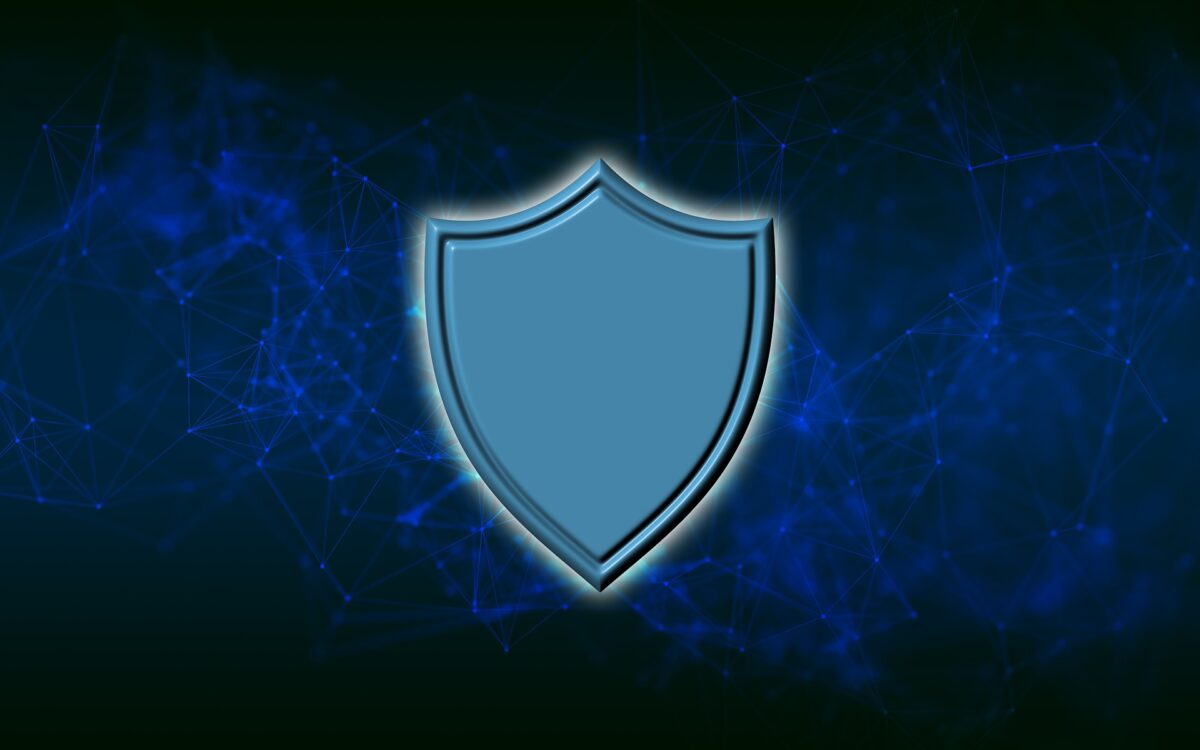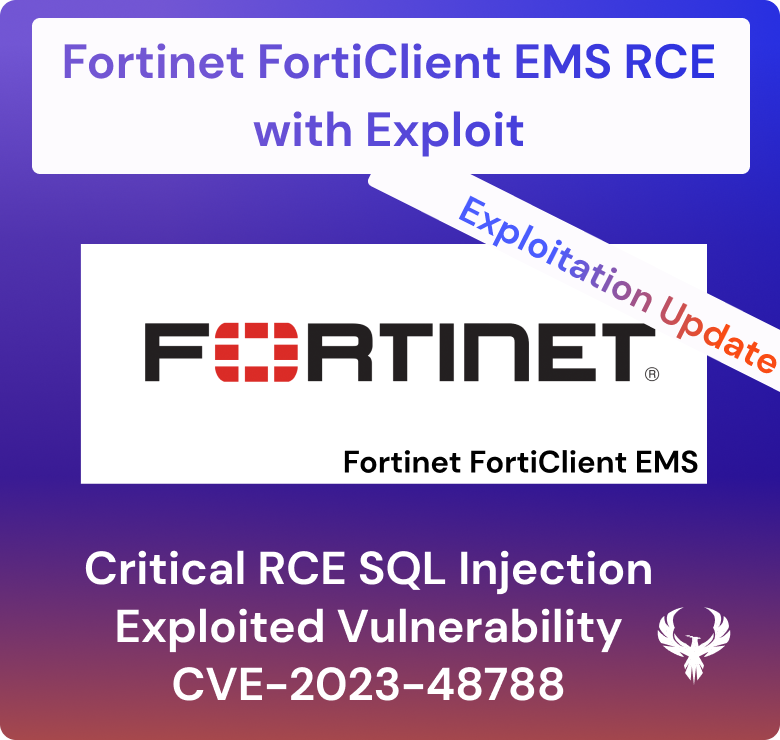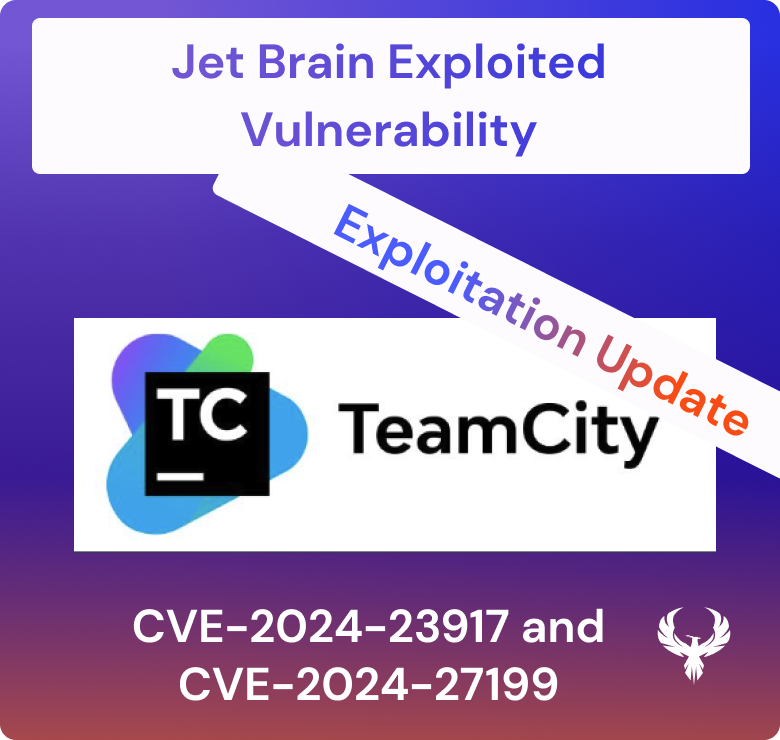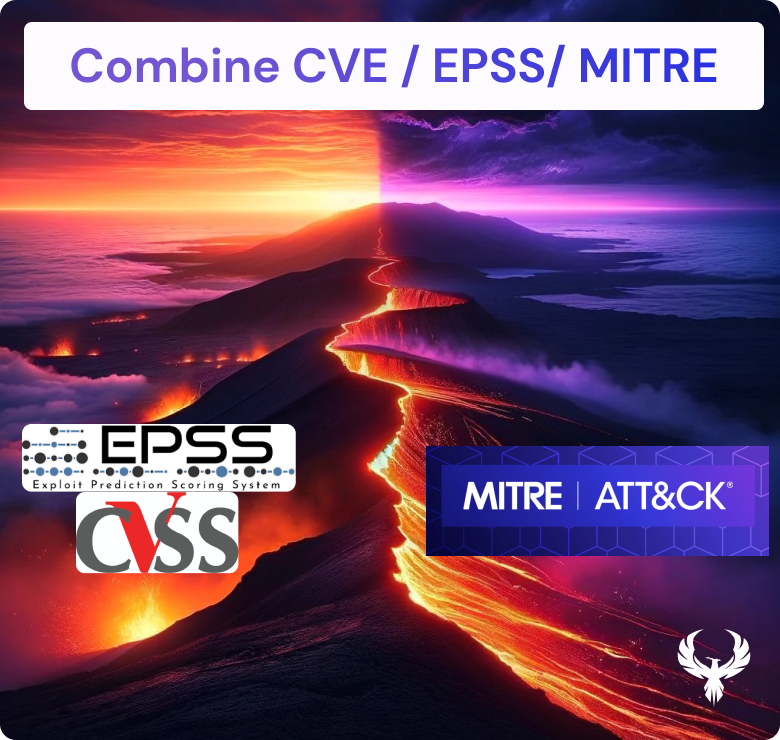Security risk management is an essential part of any organization’s operations, as it helps to protect the organization’s assets and ensure the continuity of its operations. The process of implementing a security risk management system involves identifying and assessing potential risks, developing a risk management strategy, and implementing and monitoring a risk management plan.
While implementing a security risk management system can be a complex and challenging process, it is crucial for organizations to overcome these challenges in order to effectively manage security risks.
In this article, we will discuss the process and challenges of implementing a security risk management system, and how organizations can overcome these challenges to ensure the success of their risk management efforts.
Step 1: Identifying and Assessing Security Risks
The first step in implementing an effective security risk management program is to identify and assess the potential risks to an organization’s assets. This involves gathering and analyzing information about the organization’s operations, assets, and environment to identify potential threats and vulnerabilities. Information can be gathered through internal sources, such as employee reports and records, as well as external sources, such as industry reports and government agencies.
Once potential risks have been identified, they must be assessed to determine their likelihood and potential impact on the organization. The likelihood of a risk occurring can be evaluated based on factors such as the prevalence of similar risks in the industry, the organization’s past experiences with similar risks, and the current environment in which the organization operates. The potential impact of a risk can be evaluated based on factors such as the value of the assets at risk and the potential consequences of a loss or disruption.
Step 2: Developing a Risk Management Strategy
After identifying and assessing the potential risks to an organization’s assets, the next step is to develop a risk management strategy to address those risks. The strategy should be based on the organization’s risk tolerance, which is determined by factors such as its size, resources, and industry.
There are several options for managing risks, including risk avoidance, risk mitigation, risk acceptance, and risk transfer. Risk avoidance involves eliminating or reducing the likelihood of a risk occurring, such as by eliminating the use of a vulnerable system or process. Risk mitigation involves reducing the potential impact of a risk, such as by implementing safeguards or backup systems.
Risk acceptance involves deciding to live with a risk, such as by setting aside funds to deal with potential losses. Risk transfer involves transferring the risk to a third party, such as through insurance.
The chosen risk management strategy should be based on the organization’s risk tolerance and the relative cost and effectiveness of the available options. It is important to allocate sufficient resources for implementing the chosen strategy, including budget, personnel, and technology.
Step 3: Implementing the Risk management Plan
Once a risk management strategy has been developed, the next step is to implement the risk management plan. This involves communicating the plan to relevant stakeholders, such as employees and key partners, and providing training on how to follow the plan.
It is also important to establish procedures for monitoring and reviewing the effectiveness of the plan, including regular assessments of the organization’s assets and operations to identify any new or emerging risks.
Risk Management System Implementation: Major Challenges
Implementing an effective security risk management program can be challenging for several reasons.
Lack of resources
One common challenge is a lack of resources, including budget, personnel, and technology. Implementing a comprehensive risk management plan can be costly, and many organizations may not have the necessary resources to allocate to such a program.
Difficulty in accurately identifying and assessing risks
Another challenge is the difficulty in accurately identifying and assessing risks. It is not always easy to predict the likelihood or potential impact of a risk, and organizations may face uncertainty when making risk management decisions. Additionally, the constantly changing nature of the business environment can make it difficult to anticipate and prepare for new or emerging risks.
Resistance to change
Resistance to change can also be a challenge in implementing a security risk management program. Employees may be resistant to new processes and procedures, or may not understand the importance of the program. It is important to effectively communicate the purpose
Limited scope of the program
Another challenge of implementing an effective security risk management program is resistance to change. Implementing a risk management plan may require changes to existing processes or systems, and employees may be resistant to these changes. It is important to communicate the rationale behind the changes and the benefits of the risk management plan to gain employee buy-in and ensure that the plan is implemented effectively.
A final challenge of implementing an effective security risk management program is the limited scope of the program. It is not always possible to identify and mitigate all potential risks, and it is important for organizations to prioritize their risk management efforts based on the likelihood and potential impact of each risk.
Why Choose Phoenix Security as your Risk Management Solution?
One of the key ways that Phoenix Security improves security risk management is by providing real-time threat analysis and alerts. By continuously monitoring for potential threats, Phoenix Security can identify and alert organizations to emerging risks, allowing them to take timely action to mitigate or prevent those risks.
In addition to real-time threat analysis, Phoenix Security also offers a range of tools and features to help organizations effectively manage their security risks. These include risk assessment tools, which allow organizations to determine the likelihood and potential impact of specific risks, as well as risk mitigation tools, which provide recommendations for how to effectively address identified risks.
Bottom Line
Despite the challenges of implementing an effective security risk management program, it is important for organizations to prioritize the protection of their assets and ensure the continuity of their operations.
By identifying and assessing potential risks, developing a risk management strategy, and implementing a comprehensive risk management plan, organizations can effectively mitigate the impact of potential threats and vulnerabilities. Overcoming the challenges of implementing an effective security risk management program is crucial for ensuring the long-term success of an organization.














